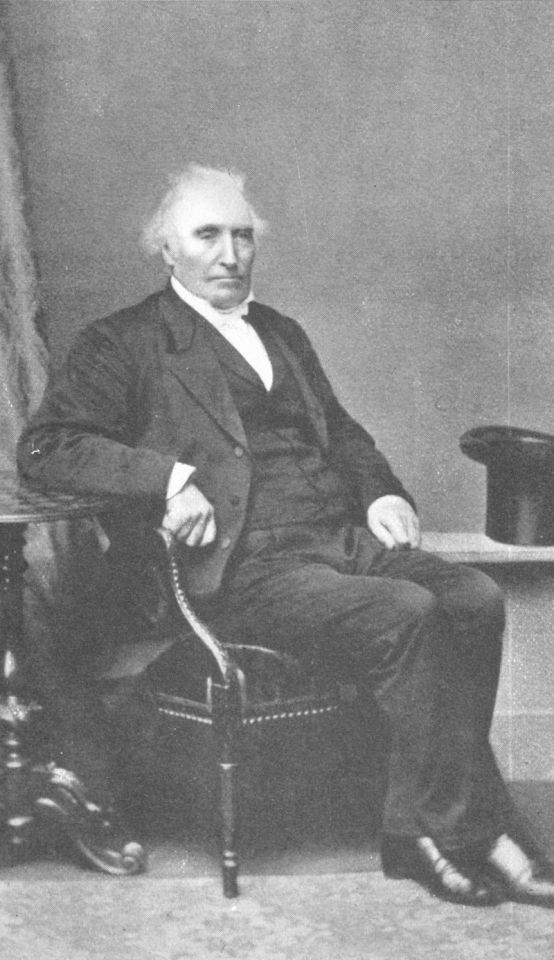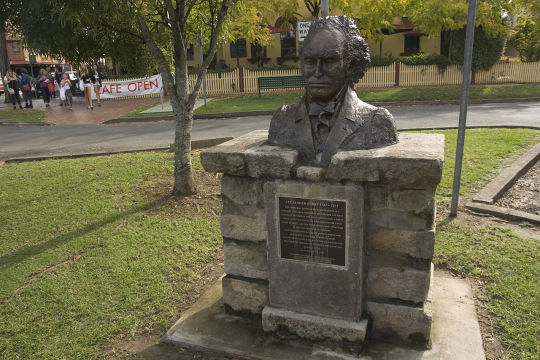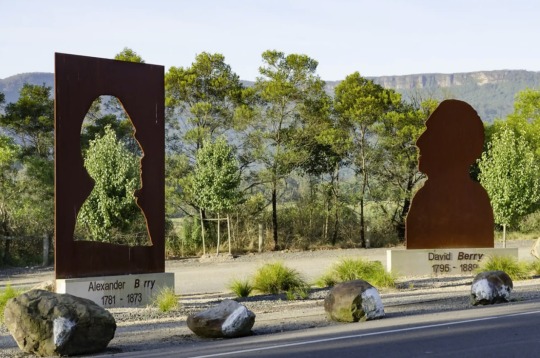#aettler
Photo



September 17th 1873 saw the death of Scottish born surgeon, merchant, explorer and settler Alexander Berry.
Berry was born on 30 November 1781 in Fife, Scotland, one of nine children of James Berrie (d.1827) and his wife Isabel Tod (d.1830). He was educated at Cupar Grammar School and at the Universities of St Andrews and Edinburgh where he studied medicine. Despite his father's opposition he became surgeon's mate in an East Indiaman bound for China and later in the Lord Hawkesbury on a voyage to Madras. His dislike of the flogging of seamen and a recognition of the profit to be won from commerce led him to abandoned his chosen profession.
From 1808 made several voyages to New South Wales with cargos of goods. Travelled to South America and returned to London in 1812, after losing his ship. In 1819 returned to Sydney establishing a mercantile business in partnership with Edward Wollstonecraft. In 1822, Berry and Wollstonecraft applied for a grant of 10,000 acres on the Shoalhaven River in New South Wales. In 1823 they exported coal to Rio de Janiero. Closed their mercantile business in 1828. In 1830 a grant of land of 10, 000 acres applied for on the Shoalhaven in 1822 was approved. Between 1830 and 1840 he purchased an additional 22,000 acres which produced maize, tobacco, wheat, barley, potatoes, pigs and cattle. The area had some of the most fertile and lush farmland in the country.
Berry grew very wealthy from his occupation. He sat in NSW parliament for 14 years and is considered a founding father of the area; they named the town after him in 1888.
This settlement became known as the Coolangatta Estate and developed into what is now the pretty and historic township of Berry , named in honour of Alexander and his brother, two hours south of Sydney It is a popular tourist spot, especially among the short-stay and weekender crowd.
Of course with the majority of Colonial rule Alexander’s success came at a price to the native population.
Berry used Aboriginal people as slave labour to clear the land – whether you consider payment by way of rations as slave labour – but there definitely wasn’t a monetary exchange.
Berry had a different view, but more and more these colonial settlers are being uncovered what for what they were. this was what he had to say in his memoirs;
“For many years I have reaped my harvest on the principle of free Labour. When I made a settlement at Coolangatta, in 1822, [Aboriginal people] were comparatively numerous, and were said to be very ferocious. I was informed that they had recently driven away a number of sawyers or wood-cutters, and my old friend, the late James Norton, told me that they would eat me. I had, however, served a kind of apprenticeship to the management of savages in New Zealand, and I was always on good terms with those of the settlement. Indeed, I found them very useful.”
As well as using the indigenous population he is also accused of raiding the graves of those people in the name of scientific research for the likes of Charles Darwin and others back home in good old “Blighty”
Australian researchers say they have uncovered evidence from Berry’s correspondence and his later reminiscences that he sent the skull of the Yuin leader Arrawarra to Britain in 1827, two years after he died.
We Scots can’t just wash our hands of all this, as well as Berry being a Scot we were involved at the other end, where the skull ended up, a letter of 20 August 1827 indicates Berry dispatched the skull, probably to the Edinburgh Museum, although it has not yet been found.
He was also involved, after the fact of the Boyd massacre, where Maori residents of of Whangaroa Harbour in northern New Zealand killed between 66 and 70 European crew of the Boyd. The massacre itself is said to have been in retaliation of floggings of Maori’s on the vessel. Brery took two local chiefs hostage for a time. He wrote in the Edinburgh Magazine that he had released them on condition that they lose their rank with their people, although he never expected that to happen.
Berry's memoirs were published in 1912, entitled 'Reminiscences'.They chiefly describe his experiences at sea, both with the East India company and his private travels, with only a short section covering his life in New South Wales. In particular he describes in detail his relationships with the indigenous people of New Zealand and Fiji, and his experiences during the rescue at the scene of the Boyd massacre.
Alexander Berry died on this day 1873 aged 91, at Crows Nest House. He was buried in family vault in St. Thomas' cemetery with his wife, Elizabeth Wollstonecraft, who was cousin of the Frankenstein author Mary Shelley.
While some admire Berry as a pioneering hero he has also been described as an “Immoral Hero”
10 notes
·
View notes
Photo

The new flag of the City of Montreal contains a white pine in the center representing the original presence and importance of Indigenous Peoples in Montreal. The other symbols, long present on the flag, represent the English, French, Irish, and Scots who made up the vast majority of early aettlers. http://ift.tt/2wxORM7
0 notes